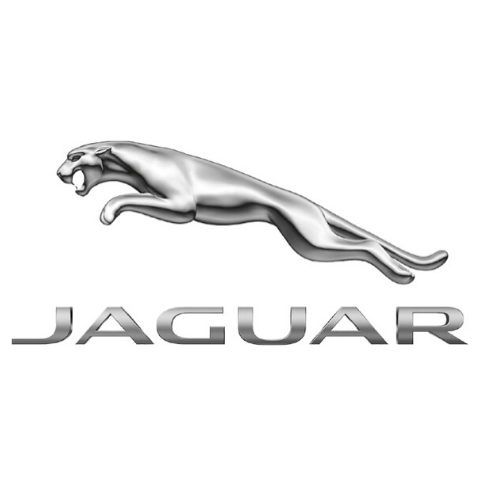Jaguar's business was founded as the Swallow Sidecar Company in 1922, originally making motorcycle sidecars before developing bodies for passenger cars. Under the ownership of S. S. Cars Limited the business extended to complete cars made in association with Standard Motor Co many bearing Jaguar as a model name.
The company's name was changed from S. S. Cars to Jaguar Cars in 1945. A merger with the British Motor Corporation followed in 1966,[8] the resulting enlarged company now being renamed as British Motor Holdings (BMH), which in 1968 merged with Leyland Motor Corporation and became British Leyland, itself to be nationalised in 1975.
Jaguar cars today are designed in Jaguar Land Rover's engineering centres at the Whitley plant in Coventry and at their Gaydon site in Warwickshire, and are manufactured in Jaguar's Castle Bromwich assembly plant in Birmingham with some manufacturing expected to take place in the Solihull plant.
Two of the proudest moments in Jaguar's long history in motor sport involved winning the Le Mans 24 hours race, firstly in 1951 and again in 1953.
Victory at the 1955 Le Mans was overshadowed by it being the occasion of the worst motorsport accident in history. Later in the hands of the Scottish racing team Ecurie Ecosse two more wins were added in 1956 and 1957.
In spite of such a performance orientation, it was always Lyons' intention to build the business by producing world-class sporting saloons in larger numbers than the sports car market could support.
Jaguar secured financial stability and a reputation for excellence with a series of elegantly styled luxury saloons that included the 3 litre and 3½ litre cars, the Mark VII, VIII, and IX, the compact Mark I and 2, and the XJ6 and XJ12. All were deemed very good values, with comfortable rides, good handling, high performance, and great style.
Combined with the trend-setting XK 120, XK 140, and XK 150 series of sports car, and nonpareil E-Type,[citation needed] Jaguar's elan as a prestige motorcar manufacturer had few rivals. The company's post-War achievements are remarkable, considering both the shortages that drove Britain (the Ministry of Supply still allocated raw materials) and the state of metallurgical development of the era.

